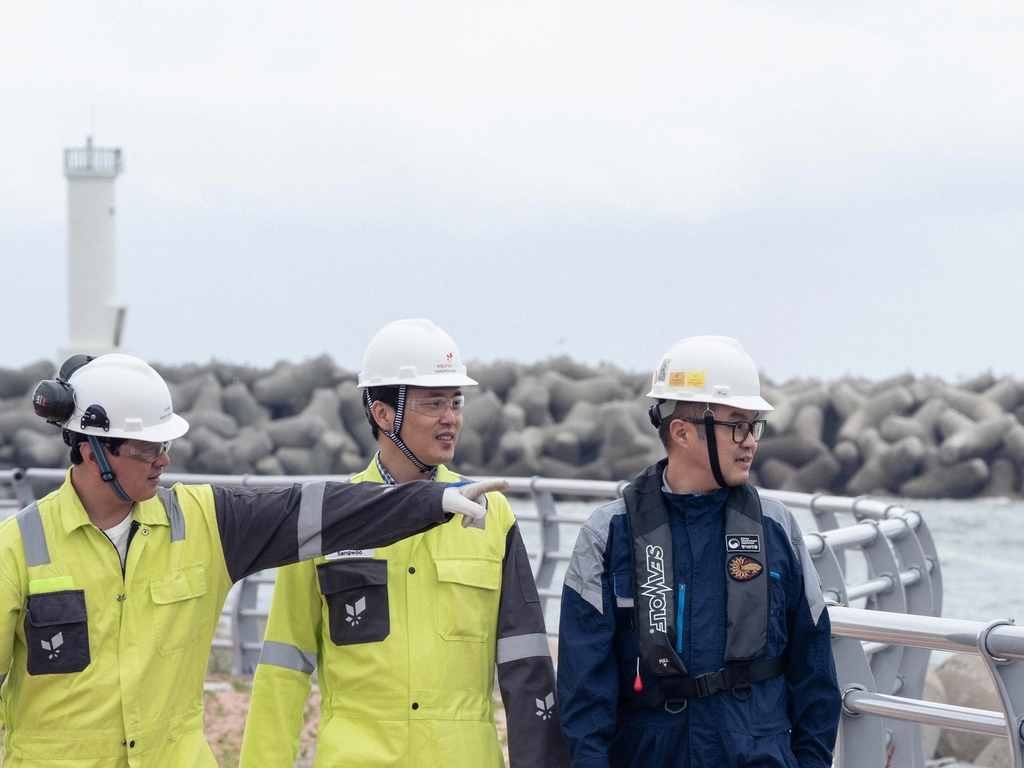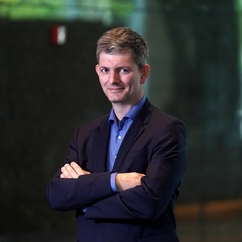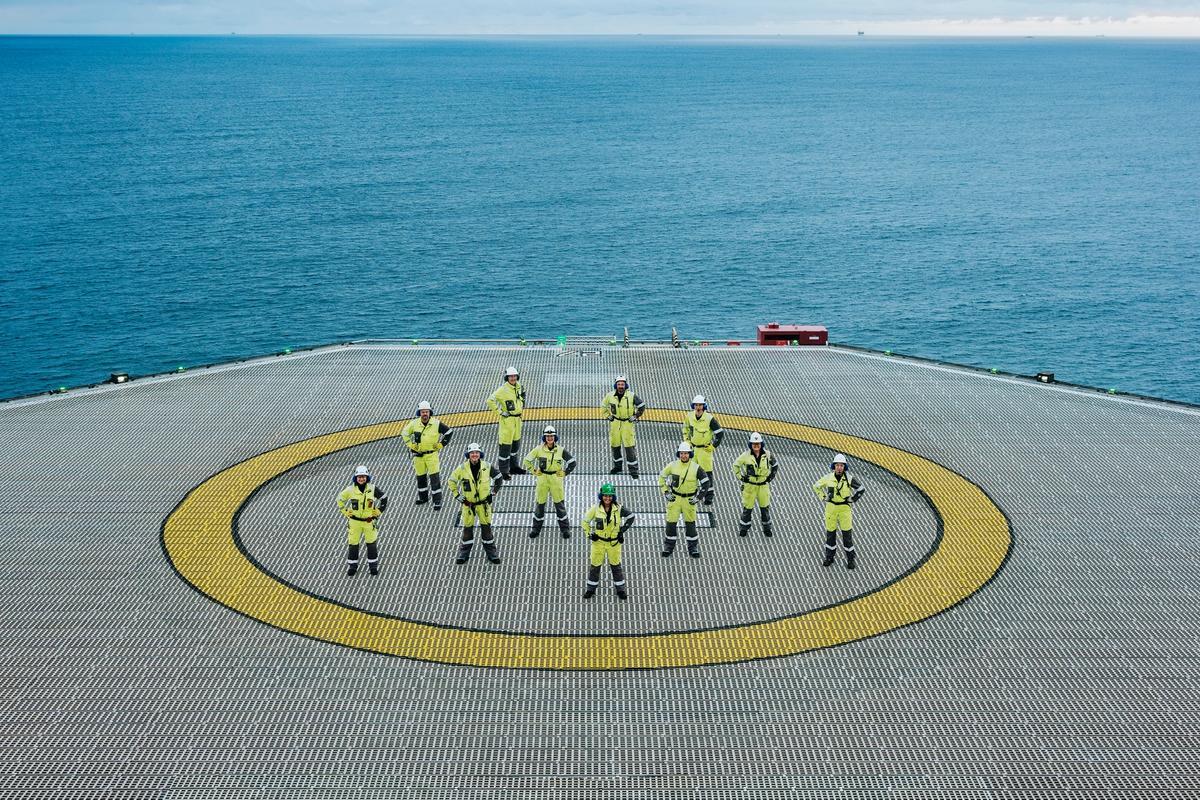South Korea is in the middle of an energy transition, and Equinor wants to play a central role. The nation’s plans for floating offshore wind could become essential for the world’s utilization of offshore wind resources.
A change is taking place in South Korea. The country’s climate targets are ambitious – with an aim for net-zero emissions in 2050 – and it plans to replace much of its imported fossil energy with self-produced power.
Offshore wind power will be crucial in this transition, and South Korea has many of the prerequisites to be at the forefront of offshore wind development. But this won’t be a walk in the park.
On parts of Korea’s continental shelf, the water suddenly gets very deep – similar to the North Sea. This means that the most mature solution for developing offshore wind – so-called fixed offshore wind – is not an option along large parts of the nation’s coast.
Therefore, the wind turbines must float rather than stand on the seabed. This is the case for around 80 percent of the world’s offshore wind resources.
Wants a leading role
Equinor has been present with its own office in South Korea since 2014 and is looking to take a leading role in the development of floating offshore wind. But the history goes back much further.
With a large shipyard and supplier industry – which Equinor has collaborated with for its oil and gas projects ever since the 1980s – everything is in place for Equinor, partners and South Korea to drive forward technological development that can also reduce costs in offshore wind projects. This can also be useful for the rest of the world.
“South Korea has everything it takes to become a first mover in the next generation of floating offshore wind. It has shipyards, expertise in welding and cutting steel, and local conditions enabling them to use what they build themselves. It’s quite similar to how we think about Norway and offshore wind,” says Jacques-Etienne Michel, Equinor’s country manager in South Korea.
These days, Michel and his colleagues are working on several specific projects they hope to realize in collaboration with local partners and close cooperation with local authorities, businesses and residents.
The next option
Equinor is already a world leader in floating offshore wind as the world’s first company with a floating offshore wind farm in commercial operation. Since 2017, Equinor has produced renewable energy from Hywind Scotland. This ground-breaking project is based on the spar buoy design, where the undercarriage is like a floating, upright cylinder anchored to the seabed. It is almost comparable to a partially filled bottle, where most of the bottle is underwater.
This is known technology from the oil industry. The Aasta Hansteen gas field in the Norwegian Sea is based on the spar technology and is the world’s largest of its kind.
In South Korea, work is now being done on the next solution for floating wind power. This is also based on well-known concepts for Equinor: semi-submersible floating rigs.
“Due to the conditions along the coast, we have developed a new floating concept, which is a good match with Korean geography, weather and the supplier industry,” says Michel.
On a larger scale
The floater concept is called “Wind Semi”. It is designed to provide the highest possible stability and power production and facilitate efficient mass production at local shipyards. This, combined with large-scale projects, will be decisive for the profitability of the projects.
“Our main goal is to improve the technology and achieve a larger scale for the projects. It will be crucial to bring costs down and make floating wind power an economically robust alternative in other parts of the world as well,” Michel says.



